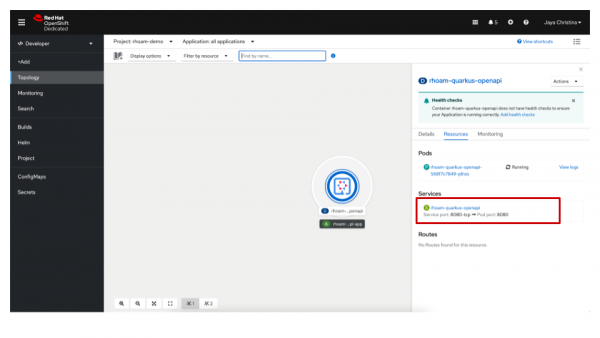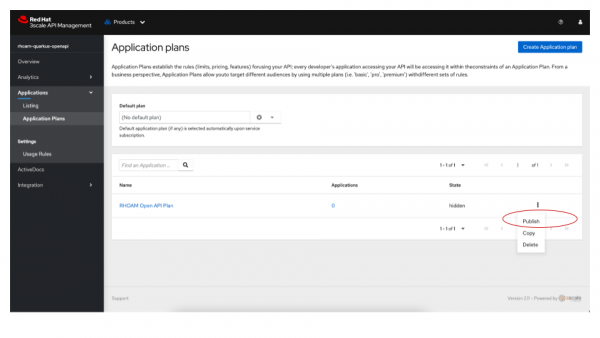Red Hat OpenShift API Management is a hosted, managed service that helps developers update, deploy, and scale cloud-native, integrated applications. OpenShift API Management is an add-on product to our managed Red Hat OpenShift cloud.
Until recently, to try out OpenShift API Management, you needed access to Red Hat OpenShift Dedicated or Red Hat OpenShift Service on AWS. But now we are excited to announce the availability of the Red Hat OpenShift API Management Developer Sandbox environment. In this article, you'll learn about three things you can do today in this environment by following along with our sandbox activity.
Launch a sample application
OpenShift API Management allows you to manage APIs for large-scale deployments without running the service on your own infrastructure. Additionally, OpenShift API Management natively integrates with managed Red Hat OpenShift, providing a streamlined developer experience for building, managing, securing, and scaling API-first, microservices-based applications. A dashboard makes it easy to download tools and manage your APIs (Figure 1).

Our new sandbox activity walks you through the process of deploying a sample Quarkus application to OpenShift, importing the application into Red Hat 3scale API Management using service discovery, and protecting the API using an API Key security.
Deploy containerized applications
Containerized applications bring many benefits to developers, including portability, improved security, and even faster delivery. Our sandbox activity shows you how you can use the OpenShift API Management Developer Sandbox environment to build containerized applications. By walking through the activity, you will learn how to deploy a Quarkus application on OpenShift and configure it to be easily discoverable for API management. Figure 2 shows how a developer can add the service details that help make applications discoverable within OpenShift API Management.

Enable API Key security
API keys are an easy way to identify applications and are helpful when associating API requests to actions in your projects such as billing. With the OpenShift API Management Developer Sandbox, you can create an API key by routing API requests through proxies known as APIcast instances. APIcast instances make it easy to integrate your internal and external API services with the Red Hat OpenShift API Management. The service enforces API security rules and policies. You can control resource use and other details of the API through an application plan (Figure 3).

Additionally, the sandbox allows you to add single sign-on to bring the security of your APIs to a higher level. Keep an eye out for our upcoming article on this topic.
Conclusion
Find out more about Red Hat OpenShift API Management at its overview site, and try the new OpenShift API Management Developer Sandbox today. Also, don't forget to return to Red Hat Developer for more in-depth articles and learning paths on how to use OpenShift API Management.
Last updated: January 22, 2024